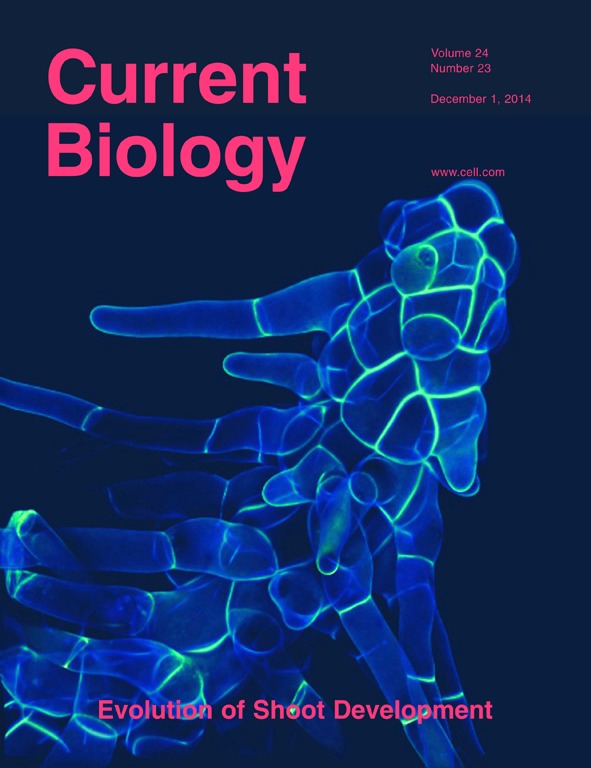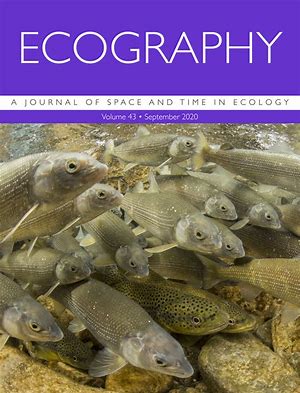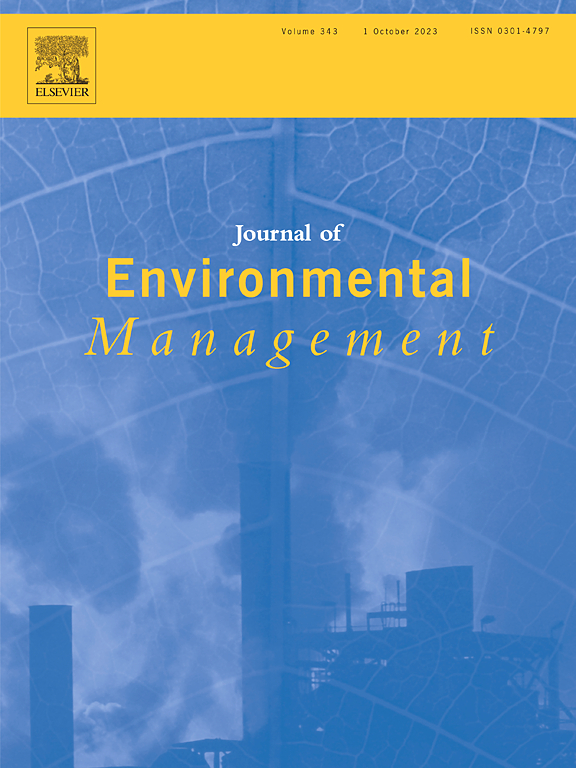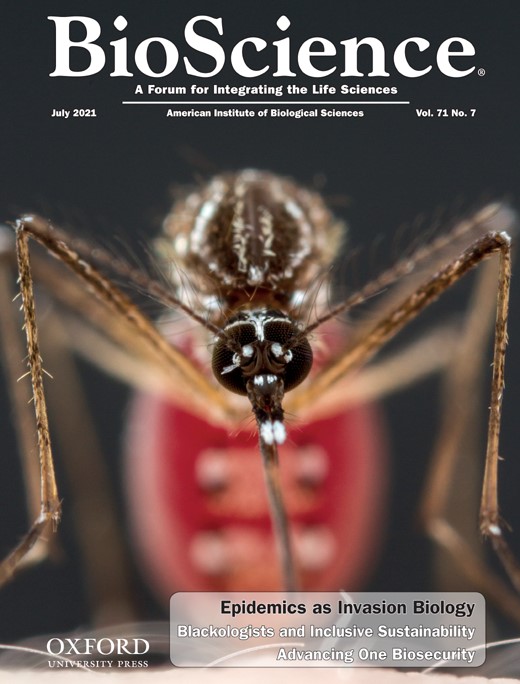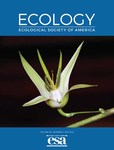- Department:(Dept. 5) Evolutionary and Integrative Ecology

Food fight: Gammarus tigrinus demonstrate competitive advantage over native G. duebeni
New fish migrations into the Panama Canal increase likelihood of interoceanic invasions in the Americas
The authors have compared the fish communities of Lake Gatun in the Panama Canal before and after the canal’s expansion in 2016: Marine fish species now make up 76 percent of the total biomass of the fish population and are primarily large predatory fishes. The lake’s food web is changing and local fisheries are impacted. There is also an increased risk of fishes colonizing the opposite ocean.
Urban Environments Promote Adaptation to Multiple Stressors
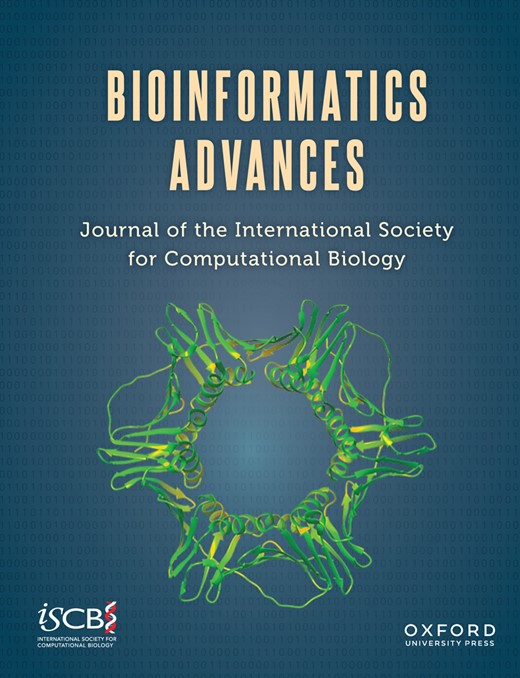
FAIRification of the DMRichR Pipeline: Advancing Epigenetic Research on Environmental and Evolutionary Model Organisms
Drivers of amphibian species richness in European ponds

A Tale of Two Lakes: Divergent Evolutionary Trajectories of Two Daphnia Populations Experiencing Distinct Environments
Legacy effects of an invasive legume more strongly impact bacterial than plant communities in a Mediterranean-type ecosystem
A conceptual classification scheme of invasion science
Combining expert knowledge with literature analysis, this study developed a conceptual classification scheme of invasion science that allows to organize publications and data sets, guide future research, and identify knowledge gaps. The scheme features 5 major themes of invasion science that are divided into 10 broader research questions and linked to 39 major hypotheses of the field.
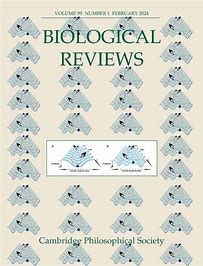
Taming the terminological tempest in invasion science
Eco-phenotypic feedback loops differ in multistressor environments
The authors investigated how density-trait feedback loops of two ciliate species differed along a temperature and salinity gradient. They found that stressful environments decouple the density-trait feedback loop of two ciliate species.


